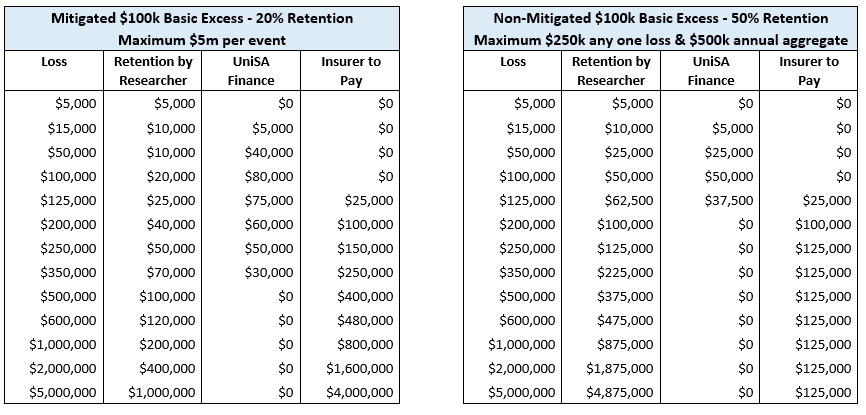Introduction:
The University sector including UniSA, has had many claims for research material stored in a controlled environment. In response, our Insurer, has implemented changes to their policy wording around research losses to drive a risk management approach and culture by Universities, in an effort to not only reduce the frequency and severity of losses but more importantly to protect important research endeavours from a loss occurring.
Definition:
The key change involves a new section in the policy wording for Research Projects in which the term Controlled Environments (CE’s) is introduced. This identifies and addresses the similarities regarding the exposures within any environment that has research conducted that requires a controlling mechanism. This could be oxygenated fish tanks, freezers/fridges, insectaries, animal houses, greenhouses, rooms that must be kept a set temperature, dewars, etc. This is not an exhaustive list and if an environment requires a controlling mechanism, then it is captured by these changes.
Mitigation:
A clearly defined term in relation to controlled environments has been included, it is Mitigated. For a Controlled Environment to be considered mitigated it must have:
Where the Controlled Environment does not meet the criteria of points 1-5 or a pre agreed variation (point 6), it will be considered Non-Mitigated, as a result the cover available to it is reduced.
Policy limits & Excess:
For mitigated controlled environments the policy limit is $5m any one event. Our retention (excess) is 20% of the value of the claim subject to a base excess of $100,000. Any applicable excess is to be borne by the researcher.
For non-mitigated controlled environments, the limit has been reduced to $250,000 for individual losses with an annual aggregate of $500,000 i.e. the maximum UniSA can claim in any one policy year for this type of loss is $500,000. Our retention is 50% of the loss subject to a base excess of $100,000.
The base excess increased from $10,000 to $100,000 at renewal in November 2019. As a result Corporate Finance has undertaken to give consideration to offsetting any financial disadvantage to a Researcher caused as a result of the increased excess. Refer to the tables below to see how the excess will operate in different loss scenarios and how much of any loss is borne by each stakeholder.

Valuing research:
Determining the value of research samples for insurance purpose can be a complex task given the wide-ranging variety of research undertaken by UniSA. Adopting the following 10 principles can assist to simplify the process. These principles are:
To assist you in valuing your research refer to the Controlled Environment Research Guide and Valuation Tools